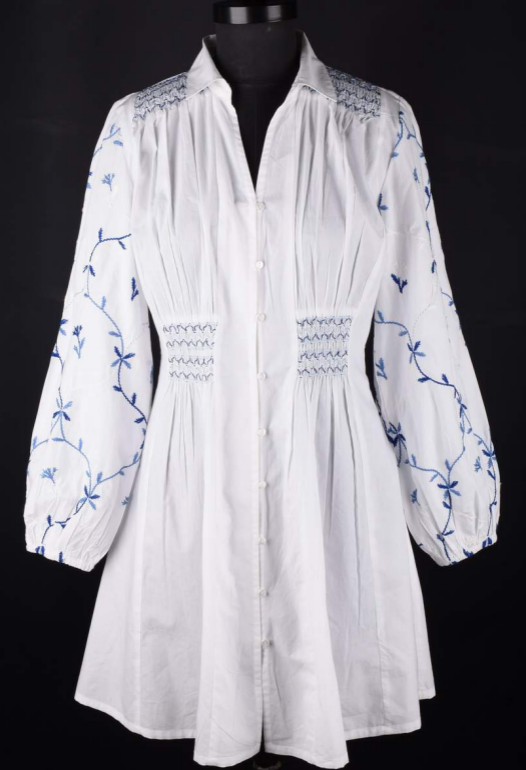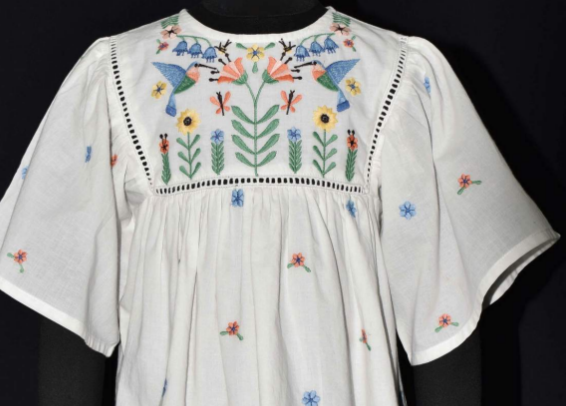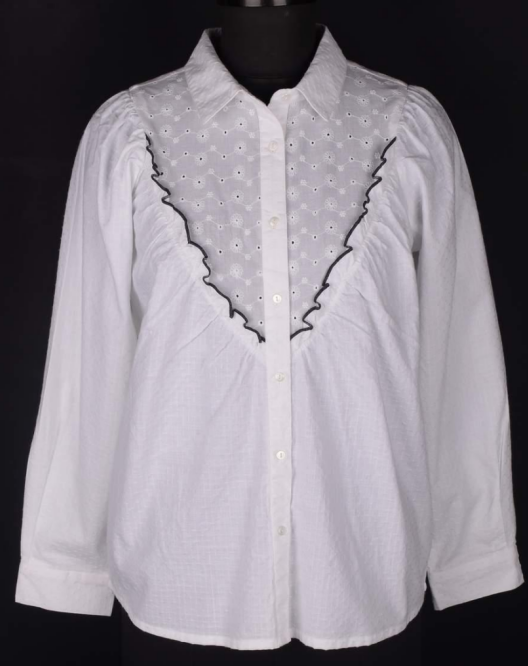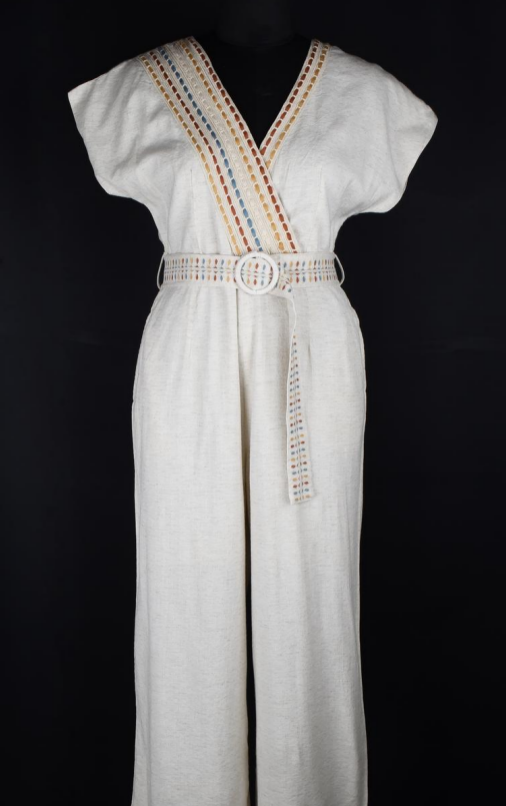How To Prepare Manufactured Cloth For Sampling
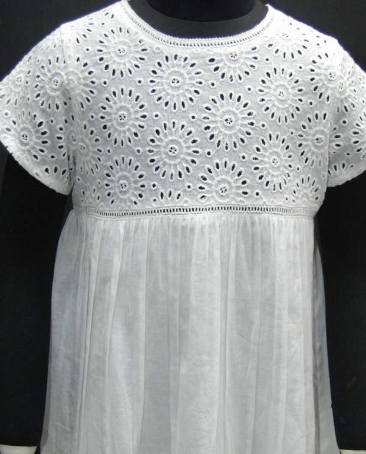
Sampling is a crucial step in the apparel manufacturing process. It ensures that the final product meets quality standards and aligns with the client's specifications. Proper preparation of manufactured cloth for sampling is essential to achieve accurate results. Here’s a step-by-step guide to preparing cloth for sampling, ensuring efficiency and precision.
Step 1: Fabric Inspection
Before using the cloth for sampling, conduct a thorough fabric inspection. Check for defects such as stains, holes, or uneven dyeing. Apparel manufacturers rely on this step to maintain the quality of their garments and ensure that only flawless fabric is used for sampling.
Step 2: Fabric Relaxation
Allow the fabric to relax before cutting. This process involves laying the cloth flat and undisturbed for a specific period, usually 24 to 48 hours. Fabric relaxation helps prevent shrinkage and ensures that the sample retains its shape and dimensions after stitching.
Step 3: Measuring and Marking
Accurate measuring and marking are vital to maintain consistency. Use professional tools such as measuring tapes, rulers, and fabric markers. Ensure that the measurements align with the garment specifications provided in the garment report house.
Step 4: Cutting the Fabric
Use sharp cutting tools, such as fabric scissors or cutting machines, to achieve clean and precise cuts. Follow the pattern layout carefully, ensuring minimal fabric wastage. Precision in cutting directly impacts the fit and appearance of the final garment sample.
Step 5: Stitching the Sample
Once the fabric is cut, proceed with stitching the sample using the appropriate sewing techniques. Use high-quality threads and maintain consistent stitching patterns to replicate the final product accurately. Apparel manufacturers emphasize the importance of this step to showcase their craftsmanship.
Step 6: Quality Check
After stitching, conduct a quality check to assess the sample’s fit, appearance, and overall finish. Compare the sample against the design specifications outlined in the garment report house. Address any discrepancies before presenting the sample to clients.
Conclusion
Preparing manufactured cloth for sampling requires attention to detail at every stage, from fabric inspection to the final quality check. Apparel manufacturers and garment export houses must follow these best practices to ensure that their samples accurately represent the final product. For high-quality garment samples that meet industry standards, trust Cheer Sagar – a leading name in apparel manufacturing with a reputation for excellence and precision.
Related Blog
Outsourcing Vs. In-House Production: What Works Best For European Fashion Brands?
Setting up in-house production in Europe equates to higher labor costs, limited workforce availability, and raw material expenses. On top...
Manufacturer's Guide To Summer Cotton Skirts
Choosing the right manufacturer is very important to put the best possible product out in the market. So, how do...
A Detailed Look Into The Top Garment Exports From India & The Markets Where They Thrive
The textile industry in India is considered the backbone of the Indian economy and is making valuable contributions...

